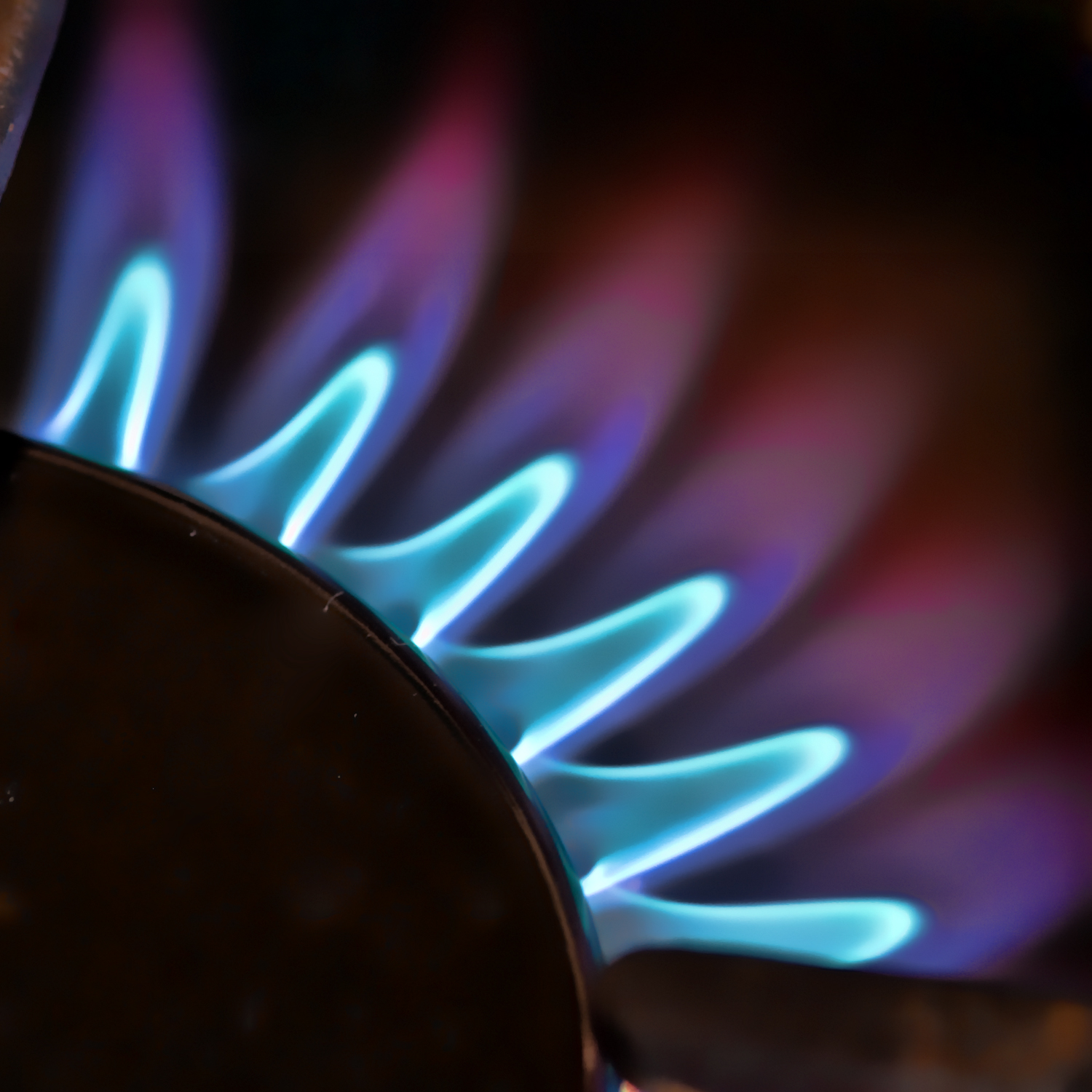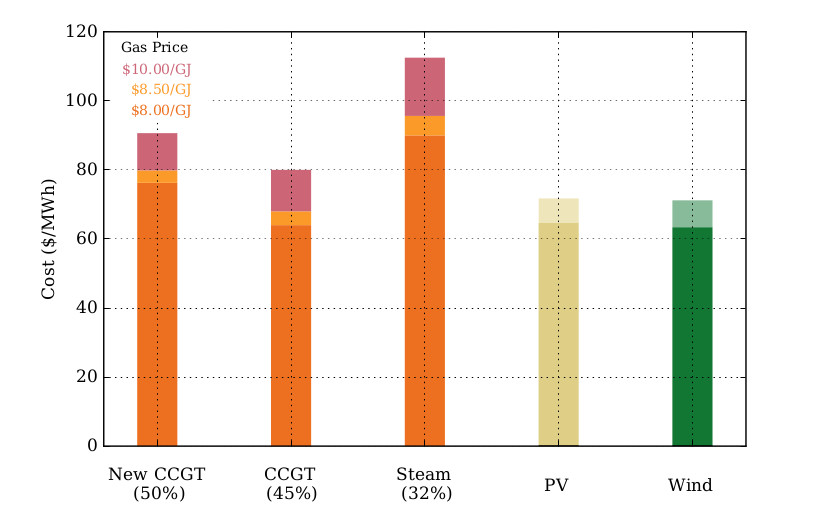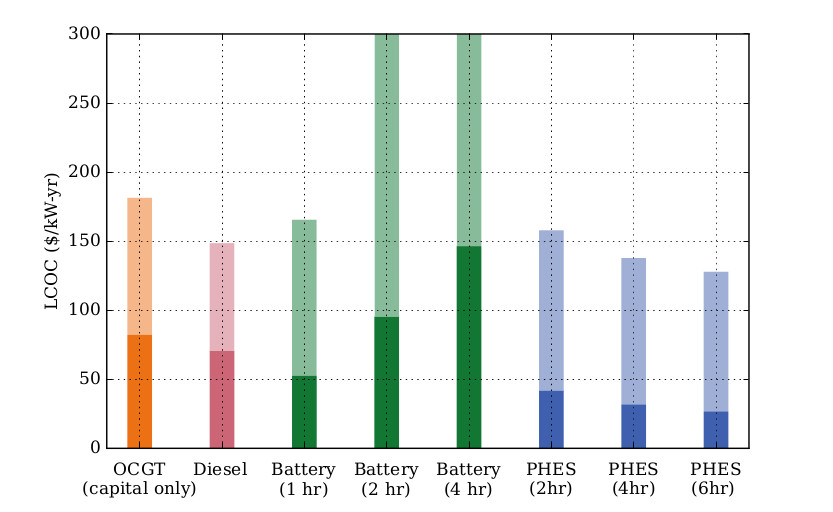
Sciences & Technology
You snooze you lose in Victoria’s electricity market

Our researchers have crunched the numbers to check whether Australia really is running out of gas
Published 18 May 2017
On the 9th of March this year, the Australian Energy Market Operator (AEMO) released their Gas Statement of Opportunities report. The report warned of electricity supply shortfalls resulting from reduced availability of gas and gas-fired electricity.
These warnings were widely covered in the national media with headlines like “AEMO warns of blackouts as gas runs out” and “gas supply shortage will threaten nation’s power supplies”.

The short-term political response to this was a call for “more gas supply and gas suppliers” and ‘crisis talks’ with gas suppliers. Then, in a dramatic intervention, the Prime Minister declared that there was a shortage of gas supplies for eastern-Australia and that certain restrictions could be placed on gas exports.
Our research reviews the results and recommendations for addressing gas and electricity supply security that emerged from AEMO’s initial report. Our work finds that there is certainly a shortage of cheap gas, which is already creating so-called “demand destruction”, particularly in the industrial sector.
However, it is also important to note that the total gas supply in Eastern Australia has expanded rapidly in recent years, and the key domestic issue is more to do with the gas price that is now dictated by linkages to international trade, than the supply.
In addition the combination of falling renewable and storage costs means alternative options for the electricity sector will be cheaper than developing relatively expensive unconventional gas resources such as coal seam gas.
The AEMO modelling suggested that a shortfall could occur in three of the next 13 years in the electricity sector, with largest shortfall amounting to approximately 0.19 per cent of the annual electricity supply. In gas-supply terms, this is equivalent to 0.20 per cent of the total annual gas supply across all sectors.

It is important to note that this gas supply shortfall is significantly smaller than the range in demand scenarios considered likely by AEMO, which vary by roughly plus or minus 5 per cent.
Of note also is that some eleven days after the 9th March 2017 report, AEMO published an updated electricity-demand forecast. In the update, AEMO reduced its forecast in demand for the National Electricity Market (NEM) by approximately 1 per cent. With that more than accounting for the previously forecasted shortfall in the electricity sector, it points to the complex and rapidly changing dynamics in our energy markets.
Subsequently, Shell announced its intention to proceed with the 161-well Project Ruby in south-West Queensland in mid-March, a commitment that will add around 10 per cent more gas to the domestic supply-side.
While such rapid changes in outlook speak to the old adage “forecasting is difficult, especially for the future”, they raise important underlying questions about the way we best reshape our energy system to meet current and future needs.

Sciences & Technology
You snooze you lose in Victoria’s electricity market
Gas is often characterised as a ‘transition fuel’, on the pathway to a zero-emissions power system. Gas certainly offers many advantages over coal, in terms of relatively lower CO2, and much lower particulate emissions. However, the falling costs of renewable energy and storage technologies combined with increasing gas costs means this pathway is no longer necessarily economic. In fact, it raises the question as to whether gas may indeed be a detour.
This question is now being openly addressed by some key industry participants, with AGL suggesting “...the National Electricity Market ...here in Australia could transition directly from being dominated by coal-fired base load to being dominated by storable renewables.”
Gas generation generally falls into two categories: open cycle gas turbines (OCGT) and combined cycle gas turbines (CCGT). These two technologies effectively play different roles in the energy sector. OCGT’s are highly flexible and provide peak capacity, and are have low utilisation rates over the course of the year. CCGT’s on the hand, operate more continuously and provide large amounts of energy over the course of the year.
Each of these technologies is now under competitive threat from renewable generation and storage, with the flexible capacity provided by energy storage technologies, and bulk energy renewable generation.
So how do they compare?
If we compare the cost of providing bulk energy with gas and renewable technologies, the ‘new CCGT’, Photovoltaic (PV) and wind cost represent the levelised cost of energy. This is a representation of the cost of providing energy over the lifetime of the plant.

The other two gas generation costs - CCGT and steam - represent the costs of energy from existing plants, at their respective thermal efficiencies. The steam thermal efficiency is similar to that of open cycle gas turbines. Surprisingly, and depending on gas price and capital cost assumptions, new renewable energy projects provide cheaper energy than existing gas generators.
We can look at the cost of providing flexible capacity between gas and storage technologies, by comparing the levelised cost of capacity. Similar to the levelised cost of energy, it is a representation of the provision of flexible capacity over the lifetime of the plant.
In this analysis we can compare the cost of capacity from OCGT with that from diesel and various storage technologies, including battery and Pumped Hydro Energy Storage (PHES). These storage technologies can compete with OCGT in providing flexible capacity depending on technology and capital cost.

But demand response would be cheaper again.
Demand response is when electricity consumers are incentivised during critical times to reduce electricity demand, rather than serving the demand with new and expensive peak generation.
What is clear is AEMO’s forecast gas shortage is very small, and it may have already closed by revised demand forecasts and new gas field developments.
The question of how Australia should deal with a potential shortfall invites a larger debate, including the role of gas in our electricity system, and whether the falling costs of renewable energy and storage technology mean we’ve outgrown gas in the electricity sector.
Banner: Stokesley77/Flickr
A version of this article appears on The Conversation. The short-lived gas shortfall: A review of AEMOs warning of gas-supply ‘shortfalls’ was prepared by Tim Forcey and Dylan McConnell.